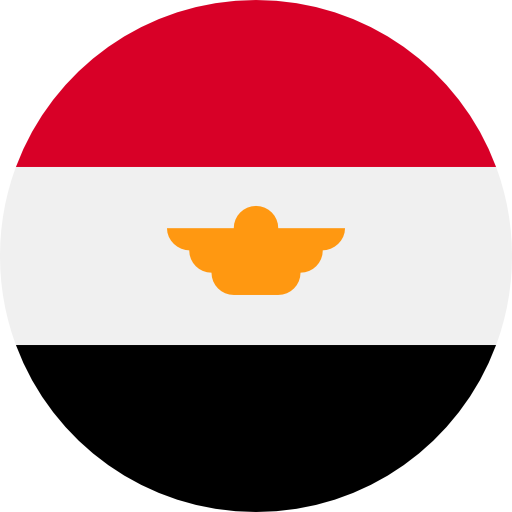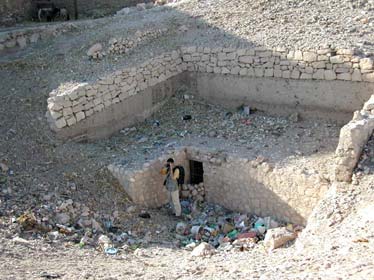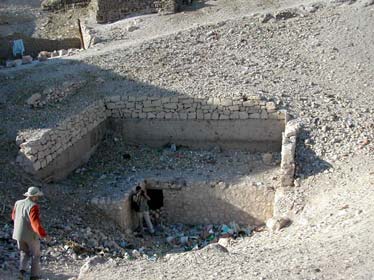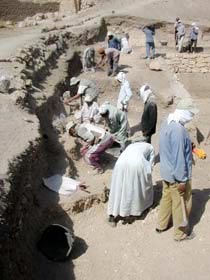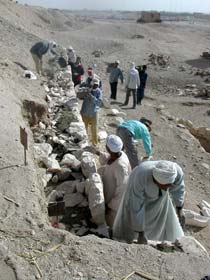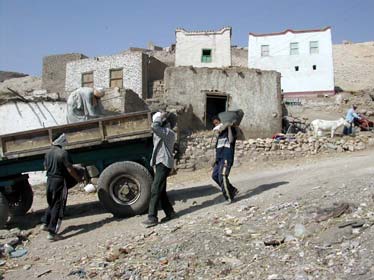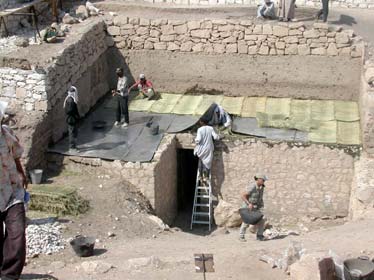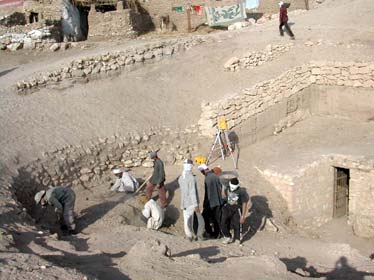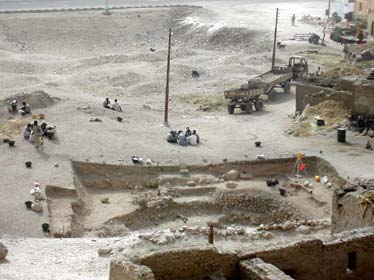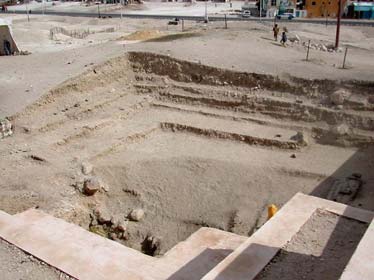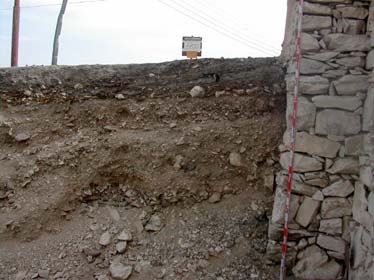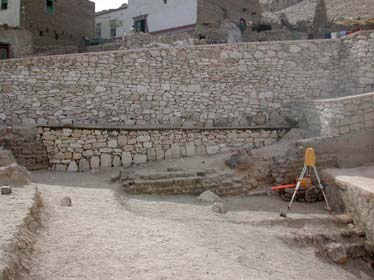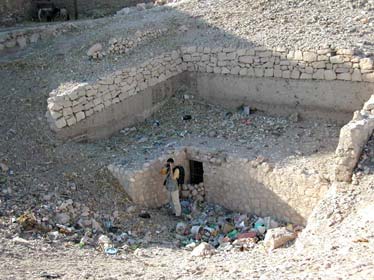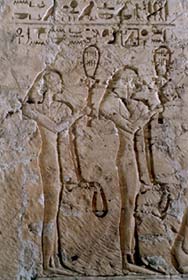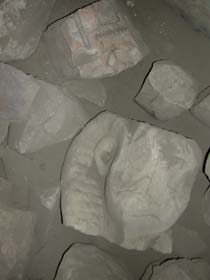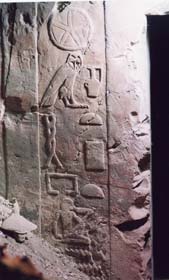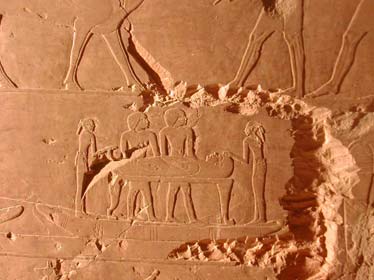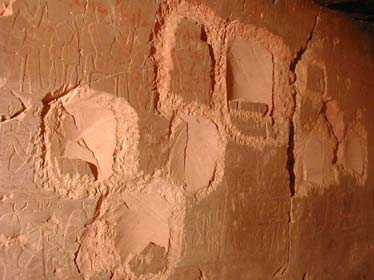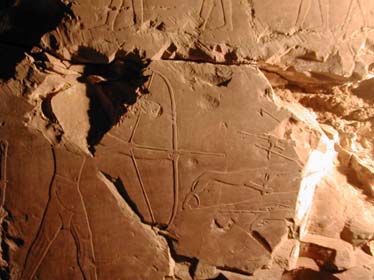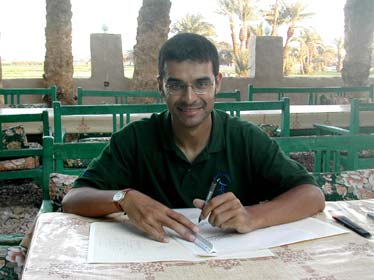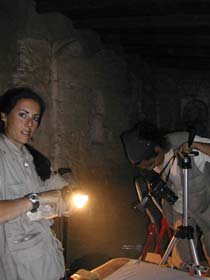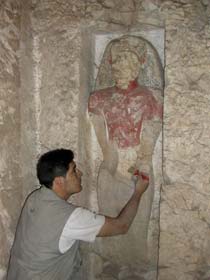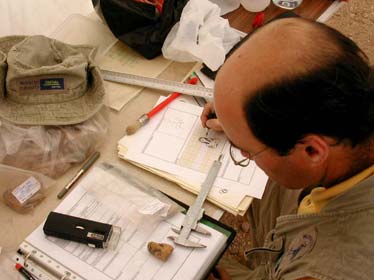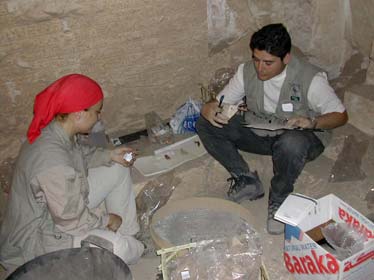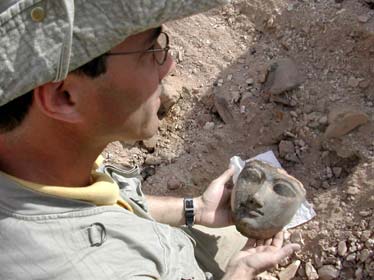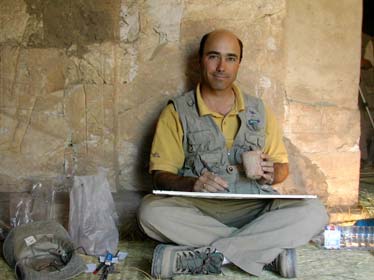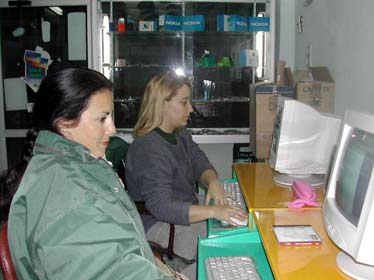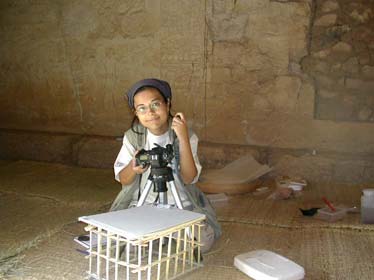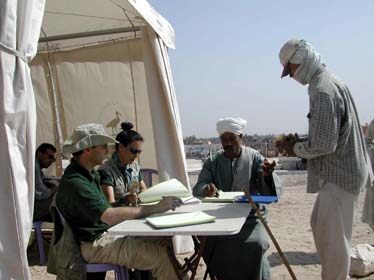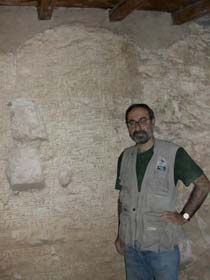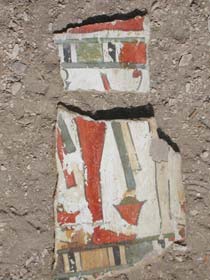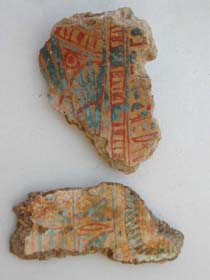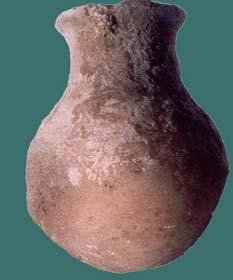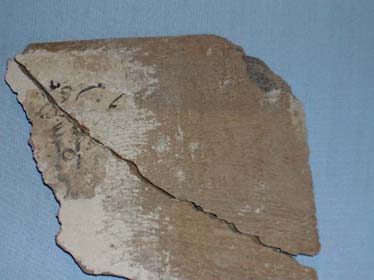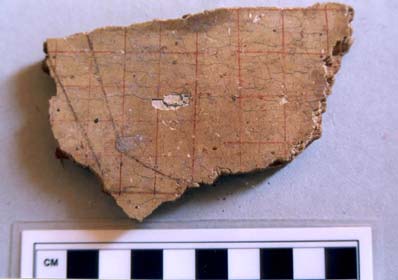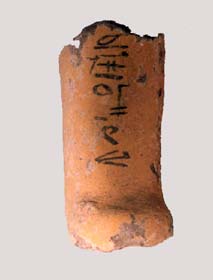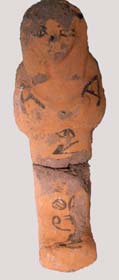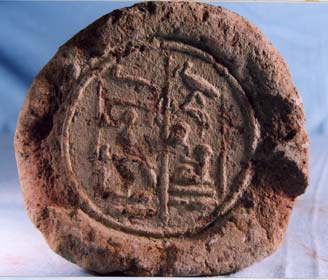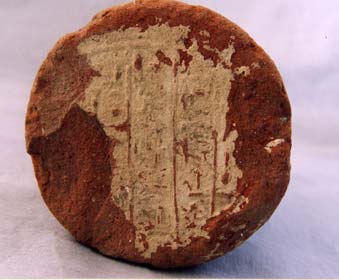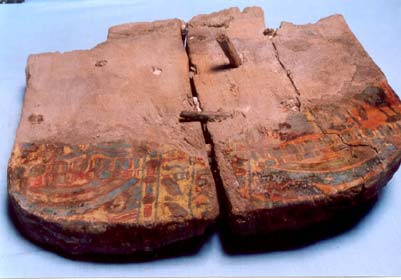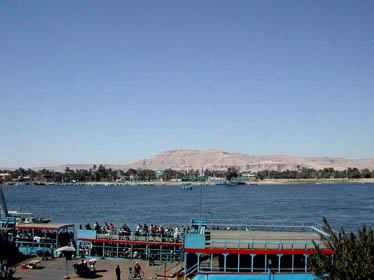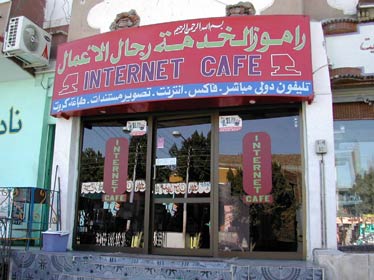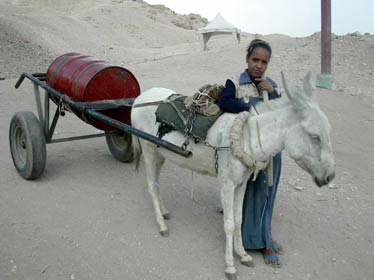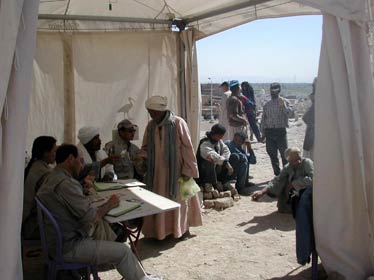Report Campaign 2002
First Season
Field Director: José Manuel Galán (C.S.I.C., Madrid)
Members of the Spanish team:
José Miguel Serrano
Andrés Diego Espinel
Ana de Diego
Antonio Morales
Margarita Conde
Alicia Torija
Supervisor of the Egyptian team: Mohamed el-Bialy
General Director of Antiquities in the West Bank: Mohamed el-Bialy
Chief of the Inspectors: Ibrahim Suleiman
Field Inspector: Mohamed Musa
Rais: Ali Farouk
Sponsored by: Telefónica Móviles
INTRODUCTION
The project is based on the cooperation between a Spanish team and an Egyptian team. It has worked out very nicely, and we are sure that it would be one of the main pillars of our success. The Egyptian Supreme Council of Antiquities in Cairo has been very helpful, and we are most grateful to Dr. Gaballa A. Gaballa and to Mr. Magdi. In Luxor, the Antiquities Service has always been ready to help, and our thanks go to Dr. Iahia El-Masri, to Mohamed El-Bialy, to Ibrahim Suleiman and to Mahmoud Musa.
Our Field Inspector, Mahmoud Musa has been always ready to cooperate. Our “rais”, Ali Farouk, has been most helpful, planning the work, organizing the workmen and supplying us with the necessary equipment and working materials.
We have employed fifty workmen for most of the campaign. They have worked very hard and with great care, and we are more than satisfied with their labour.
DESCRIPTION OF THE WORK
The work of the first season has concentrated mainly outside the tomb of Djehuty. We have cleaned all the rubbish that filled the depression at the entrance of the tomb. The main goal of this campaign has been to secure and preserve the tomb from rain water, and from the consequences of human and animal activity around it. For that reason, we have built a stone wall along three of its sides, and the wooden roof that covers the entrance hall (built around 1910) was fixed and consolidated.
Cleaning outside the tomb we have found a considerable number of objects. Among them, 42 inscribed funerary cones, of which 15 belong to Djehuty. Several Third Intermediate Period shabtis of yellowish color, with a brief text written in black ink. Many fragments of relieves and inscriptions, with the hieroglyphic signs colored in blue or reddish. The feet and the face of the lid of a wooden coffin of a type common in the XVIIIth Dynasty: the background is painted in black, with the text and features painted in yellow. Fragments of cartonnage with its original polichromy quite well preserved in most cases. Big quantities of pottery, light brown linen and human bones with linen wrappings.
The objects found have been classified and separated into different boxes. The fragile materials, such as wood and cartonage, have been consolidated with Paraloid and carefully wrapped up with adequate paper, tissues, foam and bags, to secure them from humidity and external damage.
The most significant pieces have been photographed individually, and a brief description of each one of them was written down in archaeological formularies.
While the heavy work was going on outside, one of the members of the team has been taking photographs of the inner walls of the tombs of Djehuty and Hery, in order to document their condition before we start working inside.

